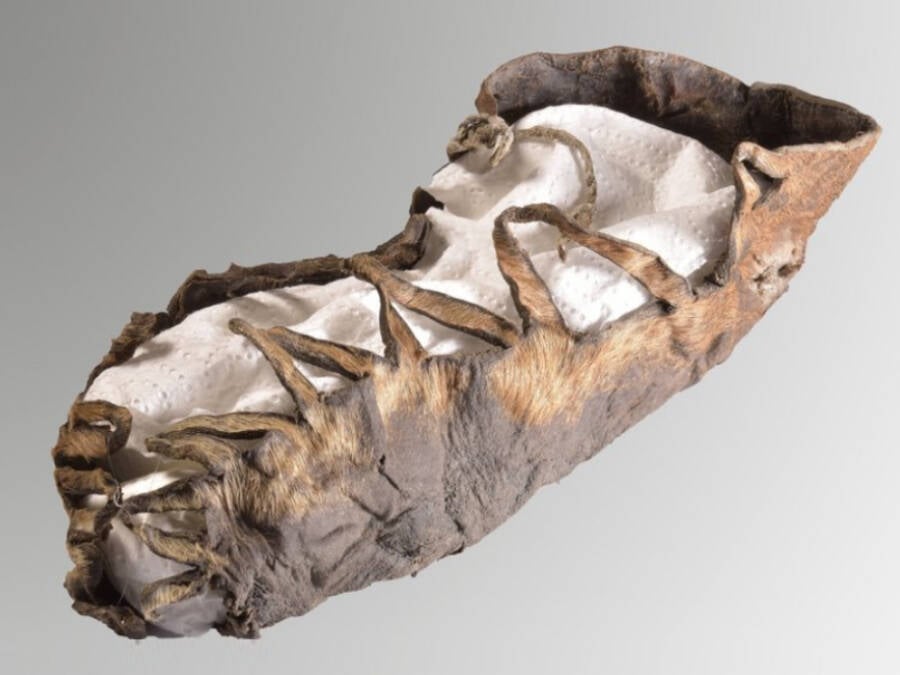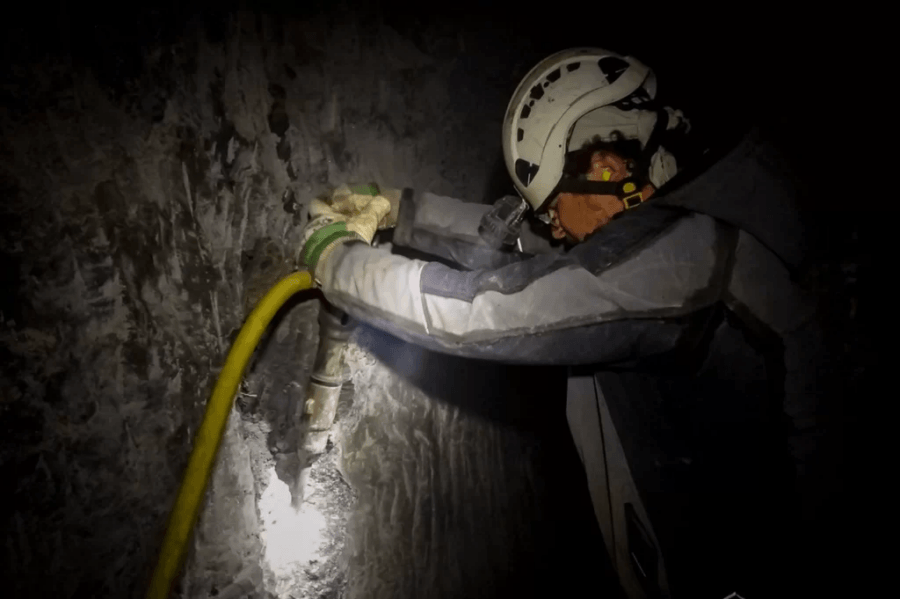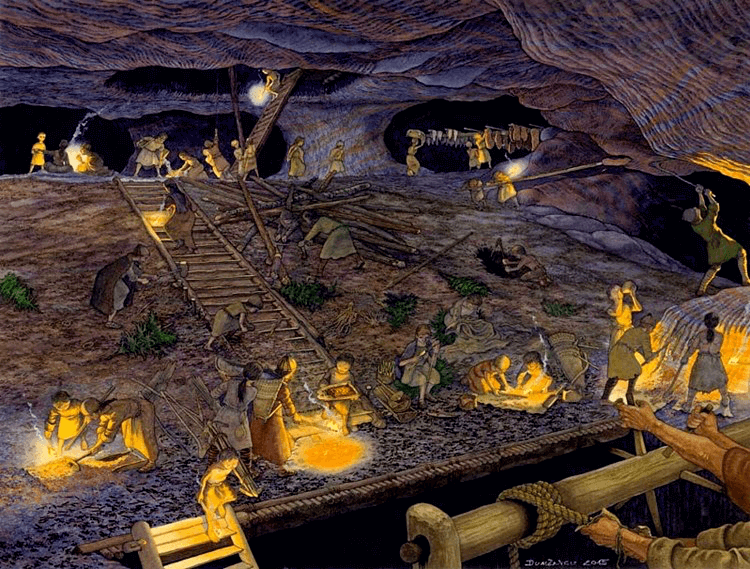
Bảo tàng khai thác mỏ ĐứcCác nhà khảo cổ đã phát hiện ra chiếc giày của một đứa trẻ ở mỏ muối ở Áo.
Archaeologists in Austria recently discovered a remarkably well-preserved children’s shoe dating back to the second century B.C.E. in the Hallein salt mine in Austria.
“The condition of the shoe that was found is outstanding,” said head researcher Dr. Thomas Stöllne in a release reported on by Arkeonews.
The preservation of the 2,000-year-old shoe is exceptionally unusual. Typically, only long-decayed remains would have been found, but the large salt deposits in the mine helped keep out bacteria and microorganisms that would have eaten away at the material.
“Organic materials usually decompose over time. Finds such as this children’s shoe… offer an extremely rare insight into the life of the Iron Age miners,” Stöllne said.
The shoe was made of leather and had laces likely made of flax or linen, with a size equivalent to a US child’s size 12.5.
The shoe is notable because it proves the presence of children working in the mines underground. The Hallein mines have been mined for thousands of years due to their large rock salt deposits.
Archaeologists also found a wooden blade-shaped shovel and remains of what they believe to be a fur hood.

German Mining MuseumResearchers explore the salt mines of Austria.
The Iron Age in Europe began around the first millennium B.C.E., when workers and soldiers traded out their bronze tools and weapons for ones made of iron, and ended with the Roman conquests in the first century B.C.E.
The German Mining Museum Bochum and Leibniz Research Museum for Georesources have been conducting mining excavations in the area since 2001.
This is not the first children’s shoe found in Austrian salt mines, according to Discover Magazine.
In 1992, researchers found a slipper around an hour away in the Hallstatt salt mine from the late Bronze or early Iron Age, about 2,600 to 3,000 years ago. They estimated the shoe belonged to a child no older than 10.

D. Gröbner & H. Reschreiter/NHM ViennaAn illustration of what mining in the Hallstatt salt mine looked like in the Bronze Age.
While the shoes found in the salt mines established the presence of children in the mines, it was unknown whether they actually worked there or simply tagged along. An anthropologist analyzed the remains of children and teenagers in Hallstatt from the Bronze and Iron Ages and found evidence that the children did actually work.
The skeletal remains showed signs of hard, repetitive work, including children as young as six years old suffering from arthritis. Others were missing pieces of bones and joints that likely snapped under stress.
From these findings, researchers believe children as young as three or four performed simple duties, such as carrying torches. By age eight, the children carried supplies and crawled into spaces too small for adults to reach. The preserved shoes provide evidence of ladder and stair climbing.
Researchers believe the labor of children in the salt mines was likely not a result of exploitation, as many may assume today.
“They would not have exposed their children to undue risk without knowing that that was going to be part of the continuation of their culture and way of life,” said anthropologist Nikita Werner.
After reading about the children’s shoe found in the mines, read about the 30,000-year-old woolly mammoth bones found in a gold mine in Canada. Or, check out these photos of the child laborers working in the American coal mines in the 19th and 20th centuries.